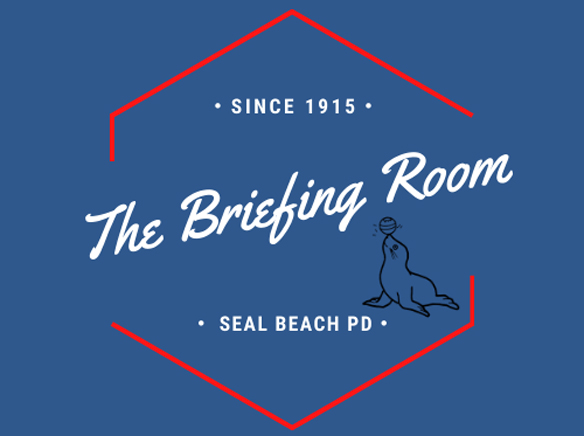Hi Sun Readers!
As promised, I’m back this week to discuss the dangers of driving under the influence of drugs (DUID). A couple of weeks ago we discussed driving under the influence of alcohol, and how even those who have a blood alcohol concentration under the legal limit can be unsafe to drive. Being under the influence of drugs makes this even more dangerous.
In California, there is no “per se” limit for drugs like there is for alcohol. What does this mean? Essentially, any substance that when ingested interferes with a person’s ability to operate a motor vehicle safely should not be used before driving. California Vehicle Code §23152(f) says it is unlawful for a person who is under the influence of any drug to drive a vehicle. §23152(g) makes it illegal for someone to drive under the combined influence of alcohol and drugs.
It is pretty easy to understand why you shouldn’t drive while under the influence of alcohol, but drugs are equally dangerous. Marijuana interferes with the brain’s ability to coordinate judgement, movement, and slows reaction times.
Central nervous system stimulants such as cocaine and methamphetamine can make drivers aggressive, reckless, and can interfere with a person’s ability to perceive time (think about this when you are turning onto a street and need to judge the amount of time between you and oncoming traffic).
Prescription medication or other central nervous system depressants can cause extreme drowsiness, coordination problems, and other effects (please pay attention to those labels that say don’t operate machinery or drive). Many prescription medications cause effects such as drunkenness without having consumed any alcohol. How about over-the-counter medication? Certain antihistamines cause drowsiness. Nyquil, sleep aids, and other medications can make it unsafe to operate a motor vehicle.
So how do we investigate those we suspect of driving under the influence of drugs? Generally, it is pretty similar to our regular alcohol DUI investigation. Our officers are trained on DUID detection, and know the objective signs and symptoms of those who are under the influence of drugs. If we have probable cause, we’ll get an order for a blood test to determine if there are drugs in the driver’s body. However, some investigations require the use of an expert to conduct these investigations.
Enter the DRE officer. Drug Recognition Experts (DRE’s) receive special training to conduct complex DUID investigations such as when a suspected driver has taken several different types of drugs (polydrug use). DRE’s go through a very intensive training, must conduct a certain number of field certifications (where they investigate actual people suspected of being under the influence of drugs), and receive recertification training every two years. To read more about the DRE program, visit https://www.theiacp.org/drug-recognition-experts-dres. The SBPD currently has three certified DRE’s.
In closing, please be very careful about driving even if you have taken legal and/or medications that have been prescribed to you. Some medications will not have any negative impacts on your ability to drive until you have one or two drinks, then the effects of the medication and alcohol are intensified.
Please keep your questions coming! Email askacop@sealbeachca.gov and look for our answers in a future issue.





